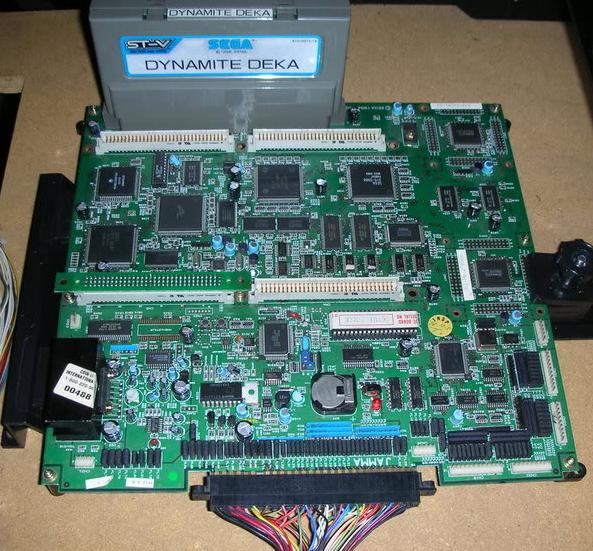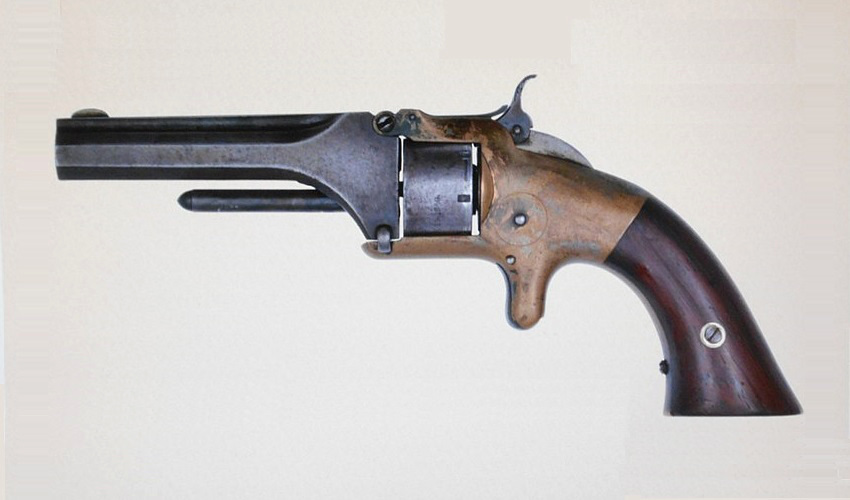|
Model 1 (other)
Model 1 may refer to: * Austin Model 1, a semi-empirical method for the quantum calculation of molecular electronic structure in computational chemistry * Boeing Model 1, a United States single-engine biplane seaplane aircraft * Breese-Dallas Model 1, a prototype single engine airliner that rapidly changed hands throughout the 1930s * Fleet Model 1, a biplane from 1928 * JSP model 1 architecture, a design pattern used in the design of Java Web applications * Sega Model 1, an arcade system board released by Sega in 1992 * Smith & Wesson Model 1 The Smith & Wesson Model 1 was the first firearm manufactured by Smith & Wesson, with production spanning the years 1857 through 1882. It was the first commercially successful revolver to use rimfire cartridges instead of loose powder, musket b ..., an American revolver produced from 1876 through 1911 See also * M1 (other) {{disambiguation ... [...More Info...] [...Related Items...] OR: [Wikipedia] [Google] [Baidu] |
Austin Model 1
Austin Model 1, or AM1, is a semi-empirical method for the quantum calculation of molecular electronic structure in computational chemistry. It is based on the Neglect of Differential Diatomic Overlap integral approximation. Specifically, it is a generalization of the modified neglect of differential diatomic overlap approximation. Related methods are PM3 and the older MINDO. AM1 was developed by Michael Dewar and co-workers and published in 1985. AM1 is an attempt to improve the MNDO model by reducing the repulsion of atoms at close separation distances. The atomic core-atomic core terms in the MNDO equations were modified through the addition of off-center attractive and repulsive Gaussian functions. The complexity of the parameterization problem increased in AM1 as the number of parameters per atom increased from 7 in MNDO to 13-16 per atom in AM1. The results of AM1 calculations are sometimes used as the starting points for parameterizations of forcefields in molecular ... [...More Info...] [...Related Items...] OR: [Wikipedia] [Google] [Baidu] |
Boeing Model 1
The Boeing Model 1, also known as the B & W Seaplane, was a United States single-engine biplane seaplane aircraft. It was the first Boeing product and carried the initials of its designers, William Boeing and Lt. Conrad Westervelt USN. Design The first B & W was completed in June 1916 at Boeing's boathouse hangar on Lake Union in Seattle, Washington. It was made of wood, with wire bracing, and was linen-covered. It was similar to the Martin trainer aircraft that Boeing owned, but the B & W had better pontoons and a more powerful engine. The first B & W was named ''Bluebill'', and the second was named ''Mallard''. They first flew on 15 June 1916, and in November. Operational history The two B & Ws were offered to the United States Navy The United States Navy (USN) is the maritime service branch of the United States Armed Forces and one of the eight uniformed services of the United States. It is the largest and most powerful navy in the world, with the estimated tonn ... [...More Info...] [...Related Items...] OR: [Wikipedia] [Google] [Baidu] |
Breese-Dallas Model 1
The Breese-Dallas Model 1 or Breese model X was a prototype single engine airliner that rapidly changed hands throughout the 1930s. It was also known as the Michigan Aircraft Company Model 1, and the Lambert Model 1344. Design and development Vance Breese partnered with Detroit auto salesman, Charles Dallas to produce a modern, transcontinental, all-metal construction cargo aircraft. The aircraft was engineered by Art Mankey with some part-time design work by Jerry Vultee, who would go on to develop a slightly larger concept called the Vultee V-1. The aircraft is a six-passenger, all-metal, single-engine, low-wing monoplane with hydraulically retractable conventional landing gear. The center fuselage is welded steel tubing. The cockpit used a split forward slanting windshield popular on large aircraft of the period, with rearward sliding canopy panels over the pilots. There is a large passenger doorway just behind the right wing. The aircraft was constructed around an eight-inch ... [...More Info...] [...Related Items...] OR: [Wikipedia] [Google] [Baidu] |
Fleet Model 1
The Fleet Model 1 (originally the Consolidated Model 14 Husky Junior) and its derivatives were a family of two-seat trainer and sports biplanes produced in the United States and Canada in the 1920s and 1930s. They all shared the same basic design and varied mainly in their powerplants. Development The Fleet Model 1 and its derivatives were all orthodox biplanes with staggered, single-bay wings of equal span and fixed tailskid undercarriage. Accommodation was provided for two in tandem, originally sharing a single open cockpit, but in most examples in separate open cockpits. The fuselage was made of welded steel tube with triangular-layout Warren truss construction pattern side structures typical of the time, and the wings had a wooden spar with duralumin ribs, the entire aircraft being fabric-covered. Despite a superficial resemblance to Consolidated's highly successful Trusty and Husky designs (hence the "Husky Junior" nickname), the Model 14 was an all-new design. Origina ... [...More Info...] [...Related Items...] OR: [Wikipedia] [Google] [Baidu] |
JSP Model 1 Architecture
In the design of Java Web applications, there are two commonly used design models, referred to as Model 1 and Model 2. In Model 1, a request is made to a JSP or servlet and then that JSP or servlet handles all responsibilities for the request, including processing the request, validating data, handling the business logic, and generating a response. The Model 1 architecture is commonly used in smaller, simple task applications due to its ease of development. Although conceptually simple, this architecture is not conducive to large-scale application development because, inevitably, a great deal of functionality is duplicated in each JSP. Also, the Model 1 architecture unnecessarily ties together the business logic and presentation logic of the application. Combining business logic with presentation logic makes it hard to introduce a new 'view' or access point in an application. For example, in addition to an HTML interface, you might want to include a Wireless Markup Language Wi ... [...More Info...] [...Related Items...] OR: [Wikipedia] [Google] [Baidu] |
Sega Model 1
Sega is a video game developer, publisher, and hardware development company headquartered in Tokyo, Japan, with multiple offices around the world. The company's involvement in the arcade game industry began as a Japan-based distributor of coin-operated machines, including pinball games and jukeboxes. Sega imported second-hand machines that required frequent maintenance. This necessitated the construction of replacement guns, flippers and other parts for the machines. According to former Sega director Akira Nagai, this is what led to the company into developing their own games.Translationby Shmuplations. ). Sega released '' Pong-Tron'', its first video-based game, in 1973.Horowitz 2018, pp. 14-16 The company prospered from the arcade game boom of the late 1970s, with revenues climbing to over million by 1979. Nagai has stated that ''Hang-On'' and ''Out Run'' helped to pull the arcade game market out of the 1983 downturn and created new genres of video games. In terms ... [...More Info...] [...Related Items...] OR: [Wikipedia] [Google] [Baidu] |
Smith & Wesson Model 1
The Smith & Wesson Model 1 was the first firearm manufactured by Smith & Wesson, with production spanning the years 1857 through 1882. It was the first commercially successful revolver to use rimfire cartridges instead of loose powder, musket ball, and percussion caps. It is a single-action, tip-up revolver holding seven .22 Short black powder cartridges. History Early history As Samuel Colt's patent on the revolver was set to expire in 1856, Horace Smith and Daniel B. Wesson were researching a prototype for a metallic cartridge revolver. When they discovered that a former Colt employee named Rollin White held the patent for a "Bored-through" cylinder, a component needed for this new invention, the two partners approached White to manufacture a newly designed revolver-and-cartridge combination. Rather than make White a partner in their company, Smith and Wesson paid him a royalty of $0.25 on every "Model 1" revolver that they made. It would become White's responsibility to ... [...More Info...] [...Related Items...] OR: [Wikipedia] [Google] [Baidu] |

_Hill.1930s..jpg)


